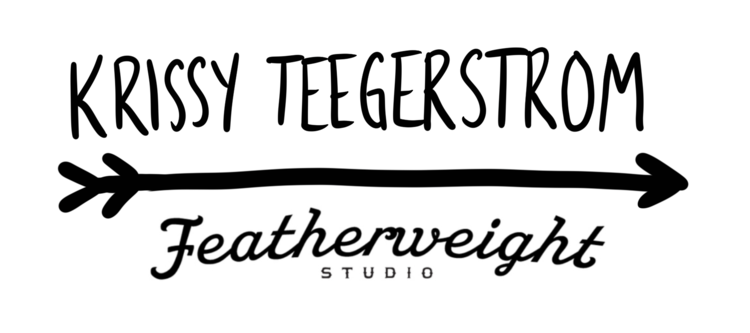This week marks the one year anniversary of painting my first murals. Two murals in 10 days, in fact. Prior to painting these murals in Austin, I had zero mural experience & no reason to believe I could pull it off. Following is the 6-part story of how I did it. [Read from the beginning.]
The next day, Sunday July 10th, Dana and I met Fabian at the auto garage to see the wall. The wall was white so I knew I wanted to paint black arrows on it. It was not unlike the very first mockup I had made.
Blank canvas
I considered placement and proportion. It was a tall, wide expanse of blank wall so it needed to be pretty big in order to look good. Fabian had ladders at the shop so that wasn't a problem. We decided the best bet would be to project the design on to the wall and "trace" over it. My friend Jeff said he had a projector at his house, it just needed an adapter to hook up to my computer. We all made a plan to meet the next night at sundown.
Dana and I headed to Home Depot for supplies. I bought one can of black paint and since I was so strapped for spending money, I bought maybe two or three of the cheapest brushes. Dana convinced me to buy a small plastic paint holder with a handle. I had to drive to Radio Shack to hunt down an adapter for the projector so I could plug it into my laptop. Each time I made a purchase, I had to ignore the doubtful voice that said You're wasting your time. You're wasting your money. Twenty-five dollars for an adaptor you'll use once??
The evening of Monday, July 11th, I gathered some pencils for tracing, grabbed some cold Topo Chicos and put on some clothes I didn't mind getting paint on. I picked up Jeff and his projector and drove to Fabian's garage. Dana met us there. We put my laptop on a ladder, rigged up extension cords out to it and the projector and adjusted it til the arrows were just right. Jeff had to help me with a setting that stopped my laptop from going to "sleep" every 5 minutes. We used the pencils to do a light trace around the entire design, just in case we didn't get finished that night. Then it was time to lay down the paint.
I had to ignore the fear that I was about to ruin Fabian's building.
One thing I hadn't thought about was the fact that the wall was corrugated metal. That means it's wavy, and varies in depth. We were painting straight arrows on a wavy wall. If I'd really thought about this beforehand, I wouldn't have gone through with it. But I literally didn't think about it until I started laying the paint on. I had a flash of panic, envisioning wavy, unintelligible arrows that looked like wiggly mush from far away. But again, here we all were and I had committed to not doubting. I reminded myself an important lesson I'd learned when I used to do clothing alterations for people: trust what the materials are telling you, even if it doesn't make sense to your logical mind. As long as we painted what the projector was showing us, it should look right.
I took a deep breath and smeared some black paint on the white wall.
We were going to make this work. We had to.
I told Dana that I would do all of the tracing and outlining, and asked her to fill in my outlines with black paint. We stepped up and down the ladders, dragged them as we made progress, reached around each other and checked each other's progress. Fabian stayed with us and helped with moving the two A-frame ladders and reassuring us that it in fact looked right from far away. I'm no fan of ladders but once I started painting, the concentration took over and I didn't really think about how high up I was.
To my surprise, Jeff also stayed with us and Dana's friend Candice stopped by for a little while. I hadn't met her before, but she arrived with a smile and even helped out with painting inside my lines. I stepped back and took a breath, and couldn't believe that here I was, PAINTING A MURAL. And four other people chose to hang around and help. They were all participating in this mad idea that had popped in to my head. It was real. It was happening.
Around midnight, we were finished. We turned off the projector and looked at it from five feet away, ten feet away, a little ways down the street. Straight arrows on a wavy wall. It looked right. I painted a little signature, then we folded ladders, wrapped extension cords, closed paint cans and everyone went home.
That night I lay in the bed where I was housesitting. My body was exhausted from climbing up and down ladders, reaching, stretching and concentrating for five hours straight. But I was high. Totally high on having made something out of nothing, totally high because my experiment worked.

























